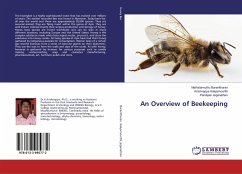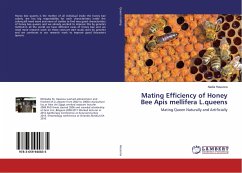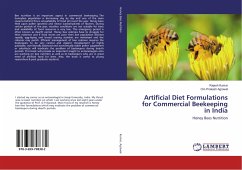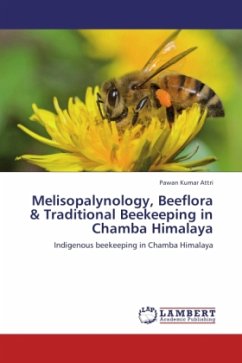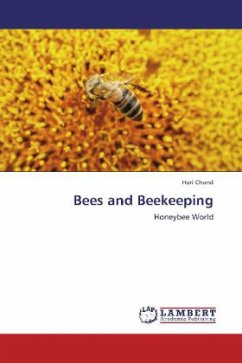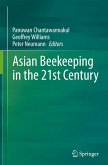The honeybee is a highly sophisticated insect that has evolved over millions of years. The earliest recorded Bee was found in Myanmar. Today bees live all over the world and there are approximately 20,000 species. They are eusocial animal, they are flying insect within the genus of Apis. They are well known colonial insects their surplus production and storage of honey. Honey bees species are found worldwide and can be seen in many different locations, including Europe and the United States. Honey is the complex substance made when bees ingest nectar, process it, and store the substance into honey combs. All living species of Apis have had their honey gathered by indigenous peoples for consumption. Worker bees of a certain age secrete beeswax from a series of exocrine glands on their abdomens. They use the wax to form the walls and caps of the comb. As with honey, beeswax is gathered by humans for various purposes such as candle making, waterproofing, soap and cosmetics manufacturing, pharmaceuticals, art, furniture polish and more.
Bitte wählen Sie Ihr Anliegen aus.
Rechnungen
Retourenschein anfordern
Bestellstatus
Storno

